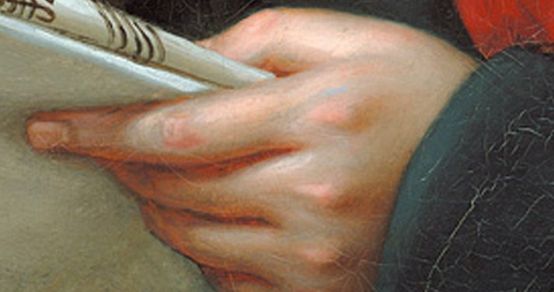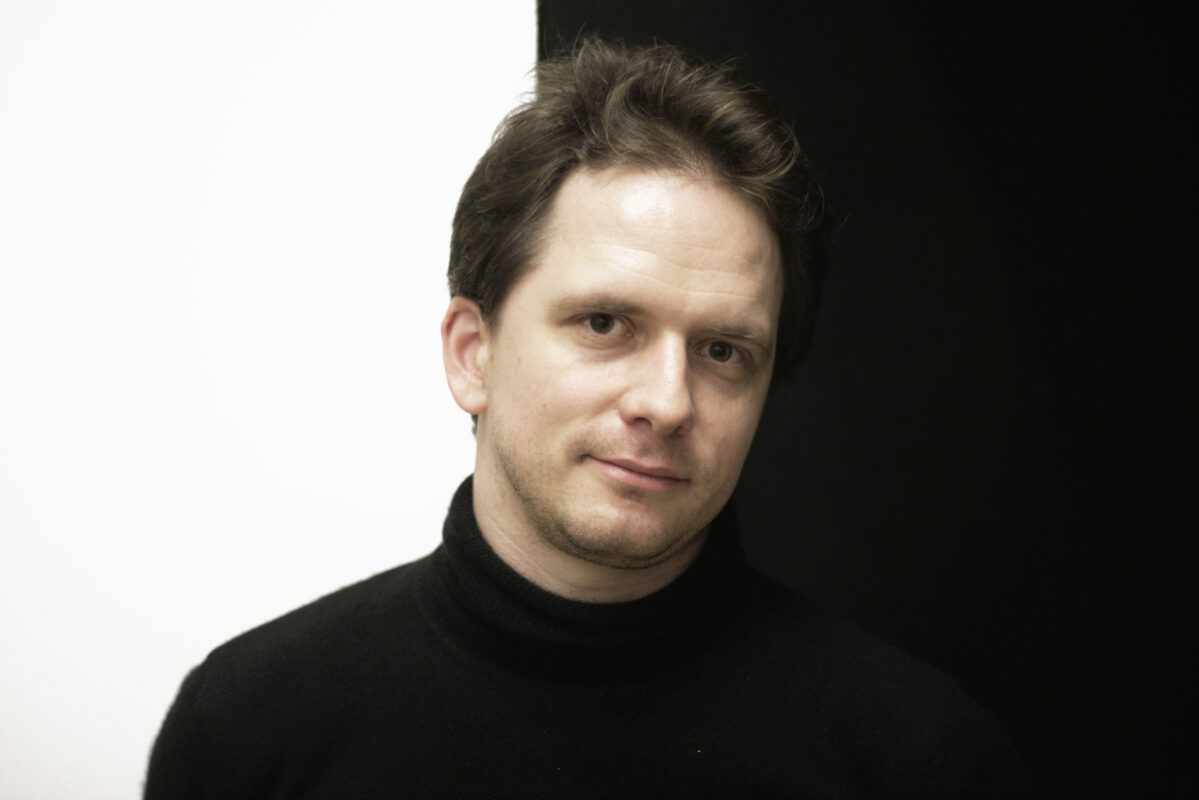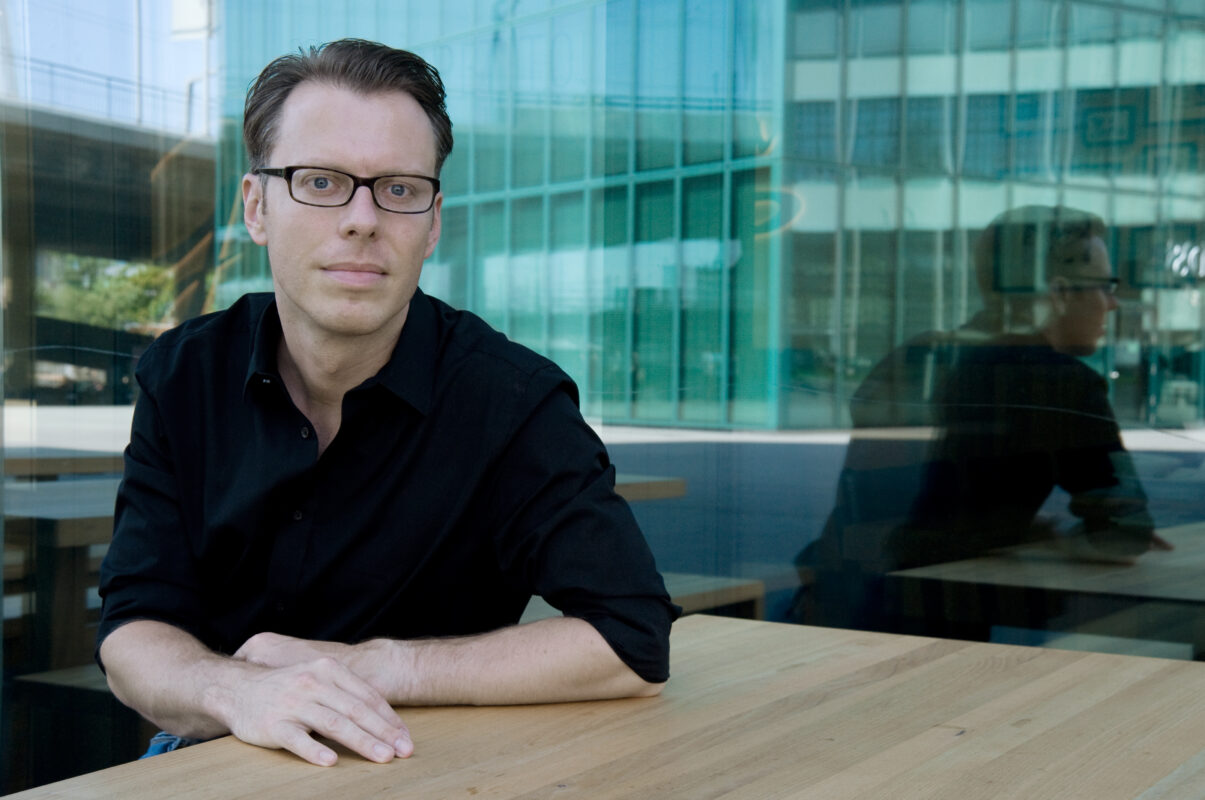String Quartet No. 13
Every Friday, Beethoven is here. To mark the 250th anniversary of Beethoven's birth, each week Swiss Music Review takes a look at a different work from his catalog. Today, it's the String Quartet No. 13 in B flat major.

When Ignaz Schuppanzigh returned to Vienna in April 1823, he remarked on his first visit to Beethoven: "I shall visit him in the country, where we shall compose a new quartet together". However, the decisive impetus for the composition of a whole series of string quartets may well have been a letter from Prince Nikolai Galitzin, in which he commissioned "one, two or three new quartets" from Beethoven.
But the premiere of the first of these quartets (in E-flat major, op. 127) on March 6, 1825 was disappointing - and shows that Beethoven was too far ahead of his time with his later string quartets. In one of the deaf composer's conversation books, the violinist Schuppanzigh who premiered this work wrote: "There are no mechanical difficulties, only originality makes it difficult, and one cannot grasp that at first sight".
Beethoven himself was well aware of the technical and intellectual demands of his scores. In a sketchbook, we find this remark about the first movement of the Op. 130 quartet: "last quartet [for Galitzin] with a serious and difficult introduction". In the end, the adagio isn't all that difficult, but it does seem to fit into the allegro that follows. The third movement, andante, and the famous cavatina (5th movement) are each preceded by a short scherzo. The conclusion consists of what was to become the "Great Fugue", later replaced by a final rondo and printed separately. In his biography of Beethoven (3rd edition, 1860), Anton Schindler somewhat incomprehensibly describes this original version of the work as "the monster of all quartet music".
The fact that composers and audiences sometimes perceive new works differently is not a phenomenon born of the 20th century. Karl Holz, second violinist with the Schuppanzigh Quartet, recalls the premiere of Op. 130 on March 21, 1826: "The performance took place in Beethoven's absence, as always. The audience was sometimes enthusiastic, sometimes astonished or questioning, but out of respect, they didn't protest. They understood - or perhaps they didn't. At the premiere of the Quartet in B-flat [major], which still ended with the fugue, the brief intermediate movements in B-flat minor and G major had to be repeated at the impetuous request of the audience [...]. The fugue passed without being understood. Beethoven was waiting for me after the performance at the nearest inn. I told him that these two pieces must have been rehearsed. Yes!" he said angrily, "those sweets ! But why not the fugue ? "
Aufnahme auf idagio
Keeping in touch
A weekly newsletter reveals the latest column on line. You can subscribe by entering your e-mail address below, or by subscribing to our RSS feed.








